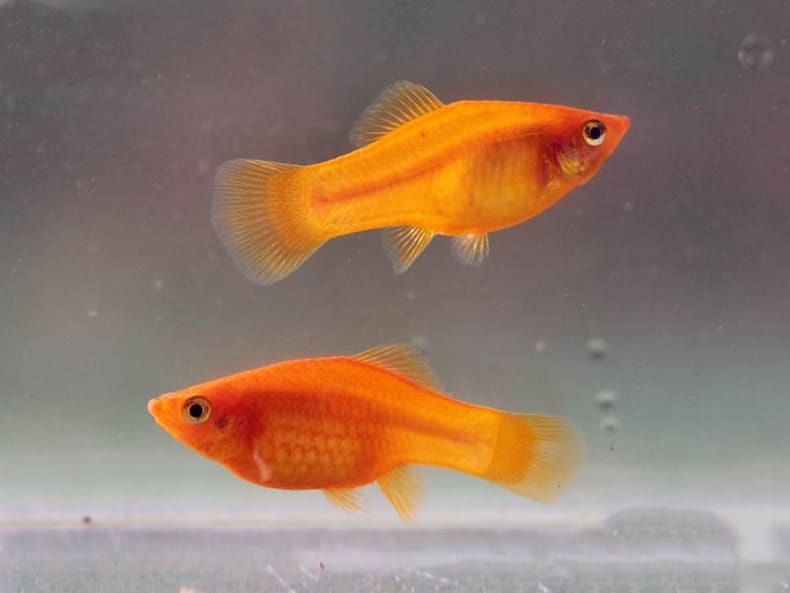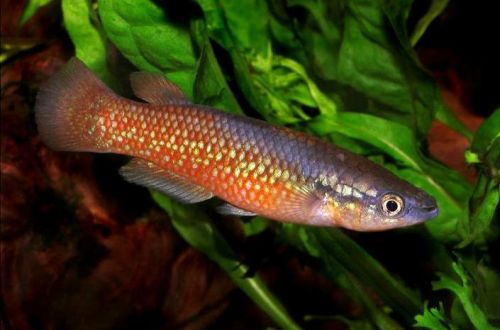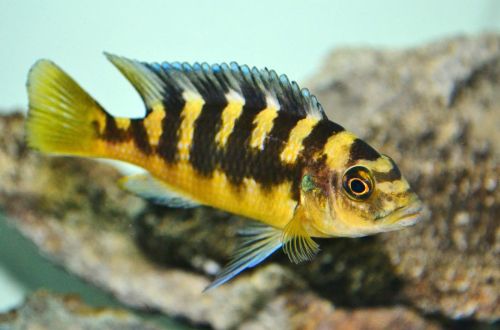
Cenotropus
Cenotropus, scientific name Caenotropus labyrinthicus, belongs to the family Chilodontidae (chilodins). Comes from South America. It is found everywhere throughout the vast Amazon basin, as well as in Orinoco, Rupununi, Suriname. Inhabits the main channels of rivers, forming large flocks.
Contents
Description
Adults reach a length of up to 18 cm. The fish has a somewhat overweight body and a large head. The main color is silvery with a pattern of black stripe stretching from head to tail, on the background of which there is a large spot.
Cenotropus
Cenotropus, scientific name Caenotropus labyrinthicus, belongs to the family Chilodontidae (chilodins)
At a young age, the body of the fish is covered with many black speckles, which, coupled with the rest of the coloration, makes Cenotropus very similar to the related species of Chilodus. As they grow older, the dots disappear or become faded.
Brief information:
- The volume of the aquarium – from 150 liters.
- Temperature – 23-27°C
- Value pH — 6.0–7.0
- Water hardness – up to 10 dH
- Substrate type – any
- Lighting – subdued or moderate
- Brackish water – no
- Water movement – light or moderate
- The size of the fish is about 18 cm.
- Nutrition – any food with a high protein content
- Temperament – peaceful, active
- Keeping in a flock of 8-10 individuals
Maintenance and care, arrangement of the aquarium
Due to its size and the need to be in a group of relatives, this species needs a spacious aquarium from 200–250 liters for 4–5 fish. In the design, the presence of large free areas for swimming, combined with places for shelter from snags and thickets of plants, is important. Any soil.
The content is similar to other South American species. Optimum conditions are achieved in warm, soft, slightly acidic water. Being native to flowing waters, the fish is sensitive to the accumulation of organic waste. The quality of the water will directly depend on the smooth operation of the filtration system and the regular maintenance of the aquarium.
Food
The basis of the diet should be foods high in protein, as well as live food in the form of small invertebrates (insect larvae, worms, etc.).
Behavior and Compatibility
Active moving fish. They prefer to stay in a pack. An unusual feature is observed in the behavior – Cenotropus do not swim horizontally, but at an angle head down. Compatible with most other peaceful species of comparable size.





